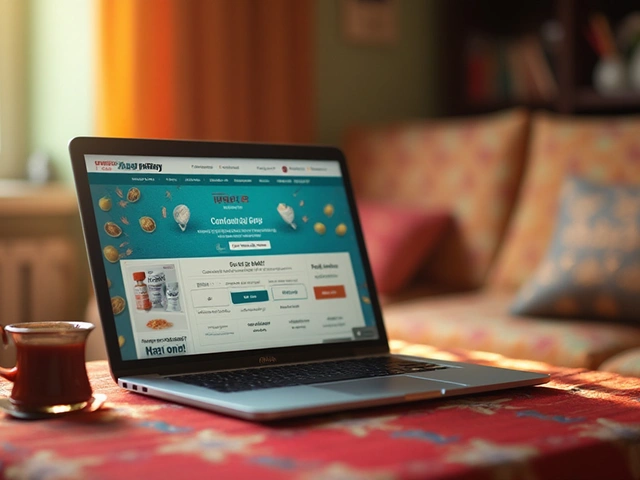Diagnostic Packages: What They Are and How to Choose the Right One
If you’ve ever walked into a lab and been offered a ‘package’ of tests, you probably wondered whether it’s worth it. In simple terms, a diagnostic package bundles several lab tests or imaging studies into a single price. The idea is to give you a broader picture of your health without the hassle of booking each test separately.
These bundles are popular in India because they often cut down on total cost and reduce the time you spend travelling between labs. For someone who’s starting a new medication or wants to track potential side effects, a diagnostic package can be a practical safety net.
What’s Inside a Typical Diagnostic Package?
Packages vary a lot, but most include a mix of blood work, urine analysis, and basic imaging. Common blood tests are complete blood count (CBC), liver function (LFT), kidney function (KFT), and lipid profile. If the package targets heart health, you’ll also see ECG or an echocardiogram. Some labs add thyroid panels or vitamin D checks to cover hormonal balance.
Why bundle these tests? Many health issues show up in more than one marker. For example, a drug that affects the liver will raise liver enzymes and might also alter kidney numbers. Getting both results at the same time helps doctors catch problems early.
Price-wise, a basic package can run from ₹1,500 to ₹4,000, while a more comprehensive one—covering hormone levels, imaging, and advanced markers—might reach ₹10,000 or more. Most labs publish their package prices online, so you can compare before you book.
Tips for Picking a Reliable Package
1. Check the test list. Make sure the package includes the markers you actually need. If you’re on a medication known to affect liver enzymes, a package without LFT isn’t helpful.
2. Look for accredited labs. In India, NABL accreditation signals that the lab follows strict quality standards. A cheap package from a non‑accredited lab can give you inaccurate results.
3. Ask about turnaround time. Some bundles promise results in 24 hours, others take a few days. If you need quick feedback before starting a drug, choose a fast‑turnaround option.
4. Consider follow‑up support. A good lab will provide a brief consultation or an online portal where you can discuss the results with a qualified professional.
5. Read reviews. Real patient experiences often reveal hidden costs, like extra fees for sample collection or delayed reports.
When you combine these checks, you’ll end up with a package that saves money, gives you useful data, and fits your health goals.
Remember, diagnostic packages are tools, not a cure‑all. Use them as part of a broader health plan that includes regular doctor visits and lifestyle monitoring. If a test comes back abnormal, don’t panic—talk to your physician about next steps.
At Toxic Medicine Insights, we recommend that anyone starting a new medication asks their doctor for a baseline package. Knowing where you stand before you begin can alert you to side effects before they become serious.
Bottom line: a well‑chosen diagnostic package gives you a snapshot of key health markers, helps you spot medication risks early, and often saves you time and money. Pick a reputable lab, verify the test list, and stay on top of your results. Your health—and peace of mind—will thank you.

Best Health Tests for Comprehensive Body Checkup in 2024
Selecting the right tests for a full body checkup is crucial for proactive health management. With numerous options available, understanding which tests provide the most comprehensive overview of your health is important. This article explores various health check packages, key tests involved, and their benefits to help you choose wisely. Stay informed and proactive about your health as you navigate the numerous diagnostic options available in 2024.

Safest Diabetic Medications: What's Best for You?
Apr, 14 2025

IVF Gender Selection Cost: What You Need to Know
Mar, 26 2025


